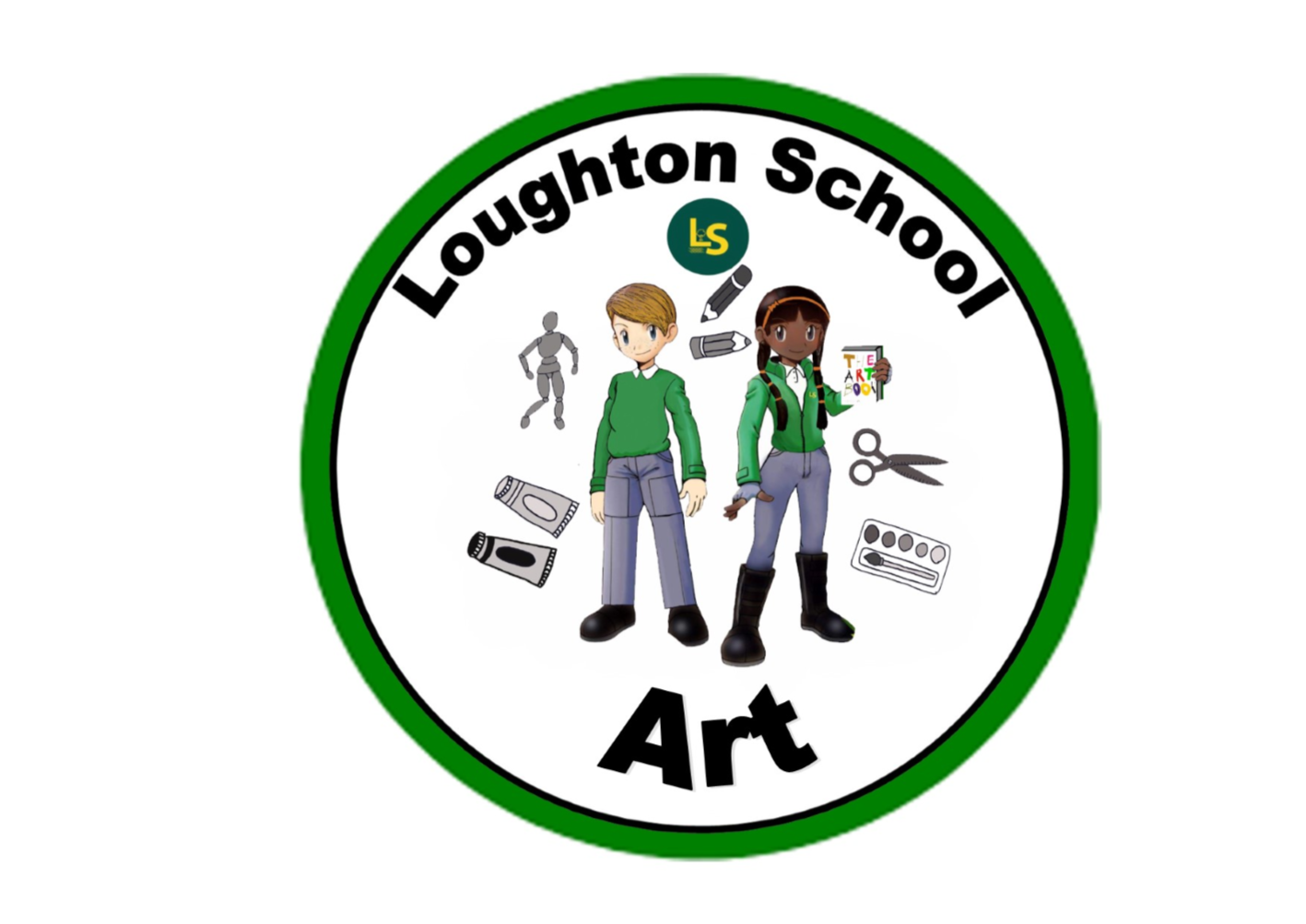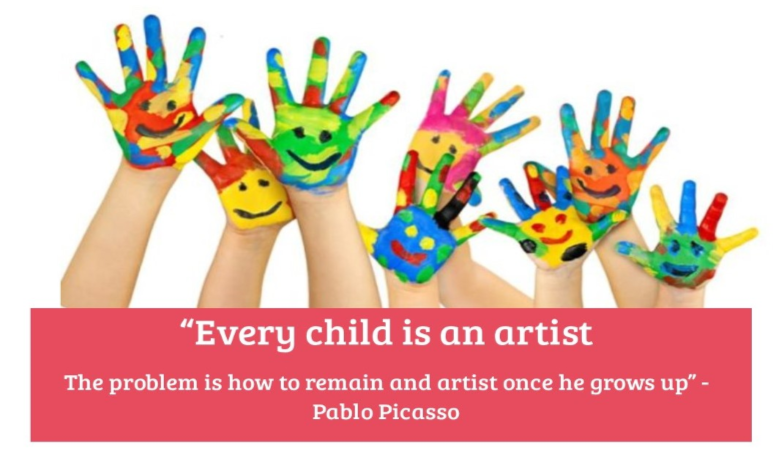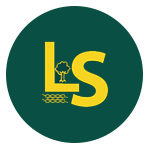Art and Design

We understand that being creative is an important part of expressing ideas. Through our art and design curriculum, we aim to inspire young minds to dream and achieve big. We teach lessons so that every child will:
- be inspired and enthused by the creative element of art & design
- learn a range of skills to convey their creative ideas through various media
- understand and know about a range of artists, craft and designers that can inspire them
- enjoy learning about different forms of art and appreciate it’s place in our world
Our art and design schemes of work are carefully mapped and sequenced to build on the skills the children have learned in KS1 and take them a step further in their mastery. For example, in Y3 - the children make clay owls, pressing objects into the clay to make large patterns. This is expanded on in Y4 when the children use clay to make a Roman coin, increasing their skill with fine detail added to the clay using clay tools. In Y6, the children use mod-roc over an armature to create a complex, 3D model of a spitfire. This pattern is repeated through each skill taught, giving multiple opportunities for practise and growth.
We teach the children art and design in a practical, hands on way, with a dedicated art lesson each week. Art and design techniques are taught using a range of media and materials and link to our creative curriculum and the National Curriculum. If the children are learning about WWII, their art lessons will include lessons on this topic, alongside the teaching of key skills. Children learn drawing, painting, printing, collage, textiles, 3D work and digital art and are given opportunities to explore and evaluate different creative ideas. Each child has their own sketchbook in which they are encouraged to try out new ideas, practise skills and refine their work. New ideas are modelled for the children to help them be successful in expressing their ideas and learning new skills and scaffolding to aid independent work is put in place to ensure a positive outcome for each child.
The children are asked questions at the beginning and end of each lesson and unit to make links to prior learning and to check they are remembering previous work. They are given the opportunity to be reflective and evaluate their own work and that of their peers, use appropriate language and be respectful of all work and the effort put into its creation. Each child is encouraged to think about how they can make changes and keep improving all the time. We encourage the children to take risks, experiment and reflect on why some ideas and techniques are successful or not, which helps to build resilience and an understanding of the need to practise to improve their skills and knowledge.

